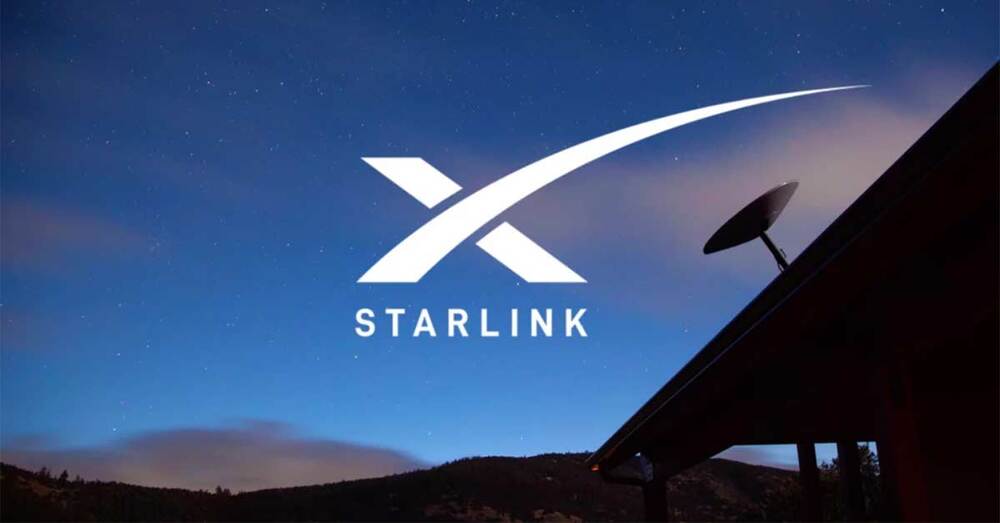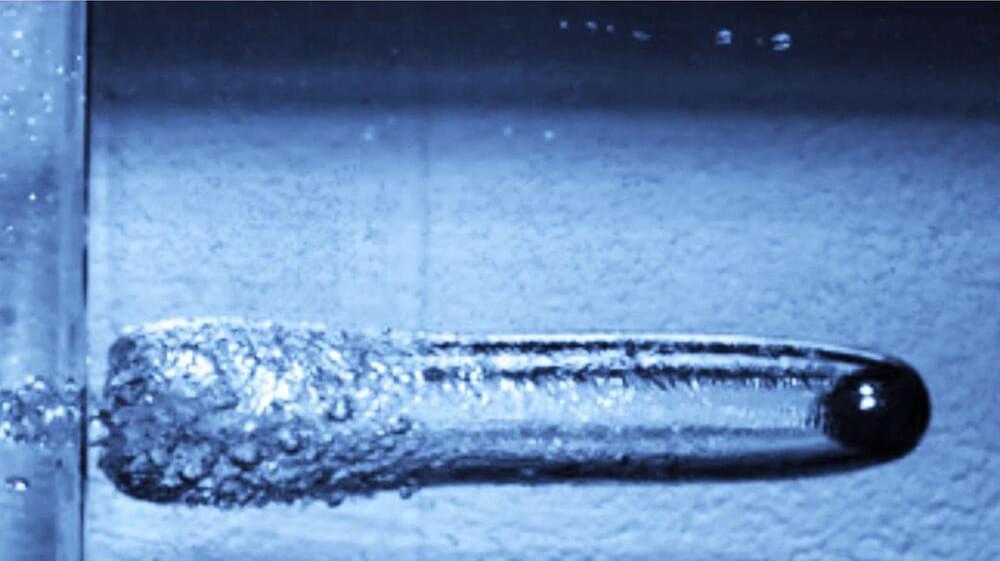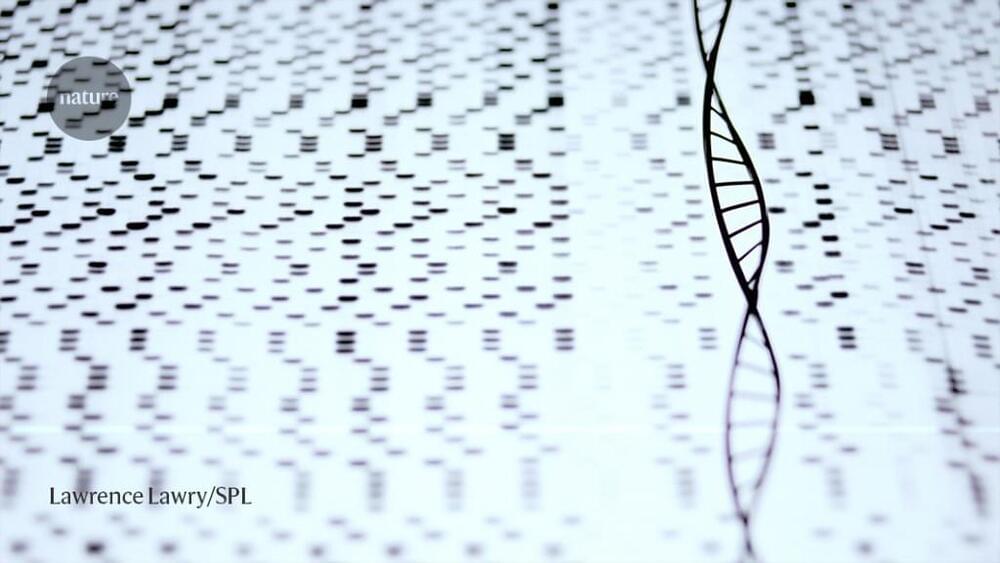Dr. Aaron Adair Dr. Aaron Adair’s Links:
His book — https://www.amazon.com/gp/product/B00FH46NC8/ref=dbs_a_def_r…atfound-20
His website — https://draaronadair.com/
His Twitter — https://twitter.com/adair_aaron?lang=en.
YouTube — @AaronAdair =====================================================================
**RECOMMENDED ONLINE COURSES HERE**Sign up here for Dr. M. David Litwa’s course — The Ancient Greek Mysteries & Christianity — - https://mythvisionpodcast.com/mysterycultsSign up here for Dr. Dale C. Allison Jr’s course — The Quest For The Historical Jesus — - www.mythvisionpodcast.com/jesus-questSign up for Dr. Bart D. Ehrman’s course — Other Virgin Births In Antiquity — - https://www.mythvisionpodcast.com/virginsSign up for the 7 hour resurrection debate between Dr’s Bart Ehrman & Mike Licona here — - https://www.mythvisionpodcast.com/resurrectionSign up for Dr. Bart D. Ehrman’s Genesis “In The Beginning” Webinar here — - https://www.mythvisionpodcast.com/genesisSign up for Dr. Bart D. Ehrman’s Christmas Webinar here — - https://www.mythvisionpodcast.com/christmasSign up for Dr. Bart D. Ehrman’s Did Jesus call himself God webinar — - https://www.mythvisionpodcast.com/bart.
==========================================================================
**GET RECOMMENDED BOOKS HERE: 👉 https://amzn.to/35FqNYf.
==========================================================================
Please consider helping support MythVision’s work by joining the Patreon or contributing a one-time donation through my links below: MythVision Website: 🔥 https://mythvisionpodcast.com/
MythVision Patreon: 👉 https://www.patreon.com/mythvision.
MythVision Paypal: 👉 https://www.paypal.me/dereklambert7
Cashapp: 👉 $rewiredaddiction.
Venmo: 👉 @Derek-Lambert-9
Email MythVision: 👉 [email protected].
Facebook page: 👉 https://www.facebook.com/MythVision/
Facebook group: 👉 https://www.facebook.com/groups/TheWaterBoyZRadio/
Twitter: 👉 https://twitter.com/DerekPodcast.
TikTok: 👉 https://www.tiktok.com/@mythvision/
Instagram: 👉 https://www.instagram.com/dereklambert_7/
Discord: 👉 https://discord.gg/dRQXdZBq6E
==========================================================================
👉 👉 Checkout Our Other YouTube Channel:
https://www.youtube.com/ @mythvisionclips 👉 👉 Checkout MVP Courses to find new and upcoming online courses:
https://mvp-courses.com/
==========================================================================
#science #religion #mythvision #mythvisionpodcast #mvp #dereklambert
Category: science – Page 56

Science journals ban ChatGPT from co-authoring papers
However, some journals allow researchers to use AI to improve the readability and language of the research.
ChatGPT, the conversational chatbot from OpenAI might have authored many poems, essays, and even pieces of code so far but is unlikely to get author credit for a peer-reviewed paper anytime soon.
Major science publishing houses like Springer Nature and Elsevier have specified that they will not consider ChatGPT as an author in their publications, The Guardian reported on Thursday.
Karl Popper, Science, & Pseudoscience: Crash Course Philosophy #8
The early 1900s was an amazing time for Western science, as Albert Einstein was developing his theories of relativity and psychology was born, as Sigmund Freud and psychoanalysis took over the scientific mainstream. Karl Popper observed these developments firsthand and came to draw a distinction between what he referred to as science and pseudoscience, which might best be summarized as science disconfirms, while pseudoscience confirms. While the way we describe these disciplines has changed in the intervening years, Popper’s ideas speak to the heart of how we arrive at knowledge.
–
Wanted: Santa Clause by Kevin Dooley https://www.flickr.com/photos/pagedooley/3124443099, licensed under CC BY 2.0: https://creativecommons.org/licenses/by/2.0/
Rudolph the Red-Nosed Reindeer copyright Rankin/Bass Productions & DreamWorks Classics.
Other images and video via VideoBlocks or Wikimedia Commons, licensed under Creative Commons by 4.0: https://creativecommons.org/licenses/by/4.0/
Produced in collaboration with PBS Digital Studios: http://youtube.com/pbsdigitalstudios.
Crash Course Philosophy is sponsored by Squarespace.
http://www.squarespace.com/crashcourse.
Want to find Crash Course elsewhere on the internet?
Facebook — http://www.facebook.com/YouTubeCrashC… — http://www.twitter.com/TheCrashCourse Tumblr — http://thecrashcourse.tumblr.com Support CrashCourse on Patreon: http://www.patreon.com/crashcourse CC Kids: https://www.youtube.com/crashcoursekids.
Twitter — http://www.twitter.com/TheCrashCourse.
Tumblr — http://thecrashcourse.tumblr.com.
Support CrashCourse on Patreon: http://www.patreon.com/crashcourse.
Pseudo-science and other bullsh*t
Pseudo-science theories are a little like puppies. They’re fun, fluffy things to talk about, and most of the time they’re harmless. Sometimes, however, they get big, mean, aggressive, and have to be put down.
Support me at Patreon: https://www.patreon.com/sciencephiletheai.
Facebook: https://www.facebook.com/sciencephile/
Twitter: https://twitter.com/Sciencephile_
Music: Mozart KV 333, Piano Sonata No 13 I in Bb.
Further reading:

SpaceX signs agreement with US National Science Foundation to prevent Starlink’s interference with astronomy
SpaceX signed a new agreement with the U.S. National Science Foundation (NSF) to prevent Starlink satellites from interfering with astronomy.
SpaceX has long been criticized by astronomers for the brightness of its Starlink satellites. Elon Musk, the CEO of SpaceX, said in 2019 that SpaceX would ensure that Starlink has no material effect on discoveries in astronomy. “We care a great deal about science,” he said in a tweet.
Exactly, potentially helping billions of economically disadvantaged people is the greater good. That said, we’ll make sure Starlink has no material effect on discoveries in astronomy. We care a great deal about science.
How Long Could Science Increase Our Lifespan?
Uncover the truth behind the human lifespan. From Ancient Rome to modern America, discover the progress we’ve made in extending life expectancy and the flaws in measuring it. Join us as we explore the science of aging, the pursuit of immortality, and the ongoing debate on the limits of human longevity.

Researchers will shoot a projectile at 9,000 miles an hour for science
The study is being funded by the U.S. Army and Air Force.
Researchers at the Case Western Reserve University in the U.S. are currently working toward an experiment that will record something that has never been captured at such a resolution before; the moment of impact when a projectile traveling at 9,000 miles (14,484 km) an hour hits a wall of water, a press release said.
Research of this nature has been done earlier, but that was nearly eight decades ago. Back in the 1940s, the U.S. military conducted such studies to gauge the impact of shockwaves from underwater explosions on boats and submarines.
The Daily.
Bryan Schmidt, an assistant professor of mechanical and aerospace engineering at Case Western Reserve University, expects that the upcoming experiments will be twice as fast as what has previously been studied, and the recording equipment is far superior now.

‘Disruptive’ science has declined — and no one knows why
Why the slide?
It is important to understand the reasons for the drastic changes, Walsh says. The trend might stem in part from changes in the scientific enterprise. For example, there are now many more researchers than in the 1940s, which has created a more competitive environment and raised the stakes to publish research and seek patents. That, in turn, has changed the incentives for how researchers go about their work. Large research teams, for example, have become more common, and Wang and his colleagues have found3 that big teams are more likely to produce incremental than disruptive science.
Finding an explanation for the decline won’t be easy, Walsh says. Although the proportion of disruptive research dropped significantly between 1945 and 2010, the number of highly disruptive studies has remained about the same. The rate of decline is also puzzling: CD indices fell steeply from 1945 to 1970, then more gradually from the late 1990s to 2010. “Whatever explanation you have for disruptiveness dropping off, you need to also make sense of it levelling off” in the 2000s, he says.
Dr. Stuart Minchin, Ph.D. — Sustainable Pacific Development Through Science, Knowledge & Innovation
Is the Director General of the Pacific Community (SPC — https://www.spc.int/about-us/director-general) which is the largest intergovernmental organization in the Pacific and serves as a science and technology for development organization owned by the 26 Member countries and territories in the Pacific region.
SPC’s 650 member staff deliver services and scientific advice to the Pacific across the domains of Oceans, Islands and People, and has deep expertise in food security, water resources, fisheries, disasters, energy, maritime, health, statistics, education, human rights, social development and natural resources.
Dr. Minchin previously served as the Chief of the Environmental Geoscience Division of Geoscience Australia, and has an extensive background in the management and modelling of environmental data and the online delivery of data, modelling and reporting tools for improved natural resource management. He has a long track record of conceiving, developing and delivering transformational and innovative projects in the Environmental and Natural Resource Management domains.
Dr. Minchin has represented Australia in key international forums and was Australia’s Principal Delegate to both the UN Global Geospatial Information Management Group of Experts (UNGGIM) and the Intergovernmental Group on Earth Observations (GEO).
Dr. Minchin has previously been responsible for the Environmental Observation and Landscape Science (EOLS) research program in CSIRO and prior to that was a Principal Scientist with the Victorian Department of Sustainability and Environment.
Dr. Minchin has a PhD in Aquatic/Environmental Chemistry, from Monash University, where he also did his undergraduate work in Chemistry achieving a BSc (Hons). He also holds a BSc (Aquatic Science), Aquatic Chemistry and Aquatic Biology from Deakin University.